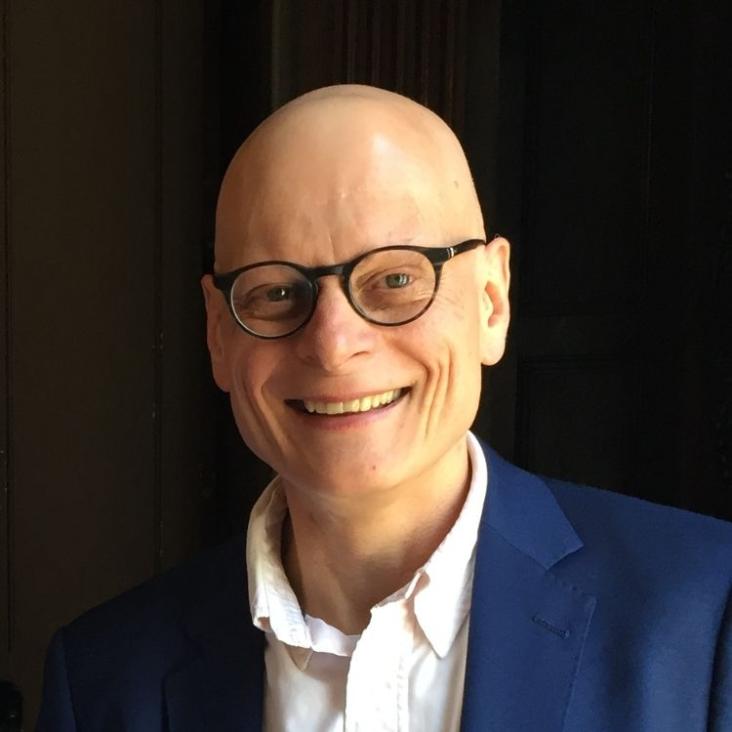Enhanced delegated computing using coherence
Photonic Maxwell’s Demon
In situ characterization of an optically thick atom-filled cavity
Abstract:
A means for precise experimental characterization of the dielectric susceptibility of an atomic gas inside an optical cavity is important for the design and operation of quantum light-matter interfaces, particularly in the context of quantum information processing. Here we present a numerically optimized theoretical model to predict the spectral response of an atom-filled cavity, accounting for both homogeneous and inhomogeneous broadening at high optical densities. We investigate the regime where the two broadening mechanisms are of similar magnitude, which makes the use of common approximations invalid. Our model agrees with an experimental implementation with warm caesium vapor in a ring cavity. From the cavity response, we are able to extract important experimental parameters, for instance the ground-state populations, total number density, and the magnitudes of both homogeneous and inhomogeneous broadening.


